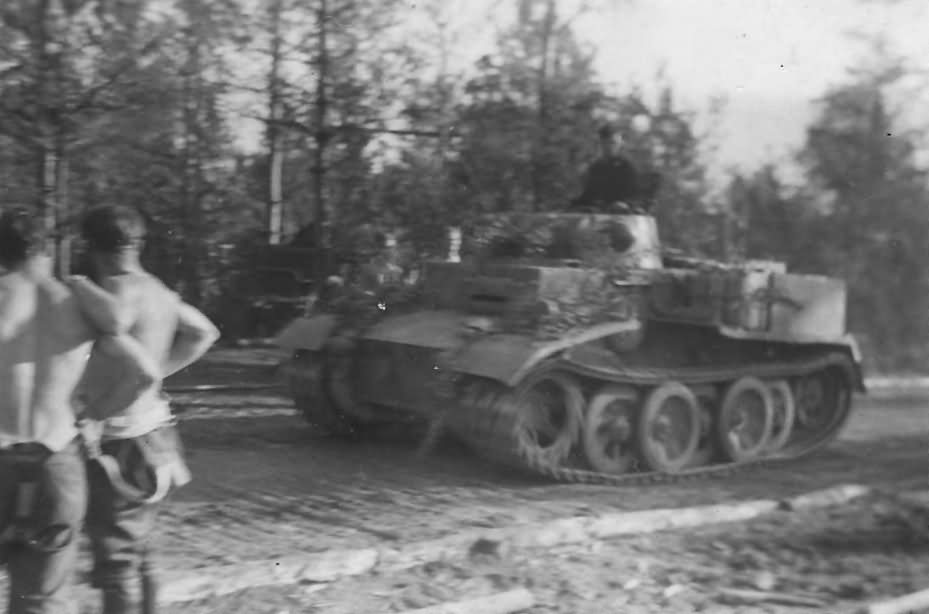In late 1938, the German Army underwent significant changes under General Walther von Brauchitsch’s command, aiming to enhance its offensive capabilities. As part of this, schwere Panzer-Kompanien (heavy tank companies) were envisioned to handle fortifications, which primarily existed in Poland, the Netherlands, and France’s Maginot Line. Though the Maginot Line was breached without the use of tanks in 1940, the project to develop new heavy tanks continued, gaining momentum.
One of the key developments involved upgrading the Pz.Kpfw. I (Panzer I) to accommodate heavier armor within an 18-ton weight limit, designed for the constraints of engineer bridges. This heavier variant retained the original two-man crew: a driver/radio operator and a gunner/commander, armed with twin machine guns. Contracts were awarded to Krauss-Maffei for the chassis and Daimler-Benz for the turret, while M.A.N. was tasked with designing a heavily armored Pz.Kpfw. II chassis, called VK 16.01, for a three-man crew. Both the VK 16.01 and VK 18.01 chassis were to share many automotive components.
During a meeting on November 15, 1939, Krauss-Maffei and M.A.N. agreed to divide labor. Krauss-Maffei would handle the complete suspension and components assembly, while M.A.N. would focus on the differential steering units and drive systems. Both companies planned to build four Versuchs-Fahrgestell (trial chassis) each.
The powertrain was sourced from the Maybach HL 45 engine (150 HP), previously used in the VK 9.01 project, paired with an SSG 47 transmission. The vehicle’s top speed was calculated to be 25 km/h, with gear ratios enabling speeds from 3.1 km/h in first gear to 24.8 km/h in sixth.
The suspension used an overlapping roadwheel design (geschachteltes Laufwerk), featuring five twin roadwheels per side, supported by torsion bars. The tracks consisted of 53 unlubricated Kgs 61-500/160 links, driven by a 13-tooth sprocket.
Armor was maximized for protection, with 80 mm thick plates on the front and 50 mm on the sides and rear, providing substantial defense against contemporary armor-piercing rounds like the 5 cm and 3.7 cm Pzgr.
The turret, designed by Daimler-Benz, was cylindrical, housing two 7.92 mm MG34 machine guns behind a curved gun mantlet. The turret was hand-operated for 360-degree traverse, with elevation ranging from -10 to +20 degrees. Instead of vision slits, five periscopes provided visibility, and the T.Z.F.8 telescopic gunsight was used for aiming.
This project reflected the evolving demands of the German military, even as its intended role shifted with changing battlefield realities.
